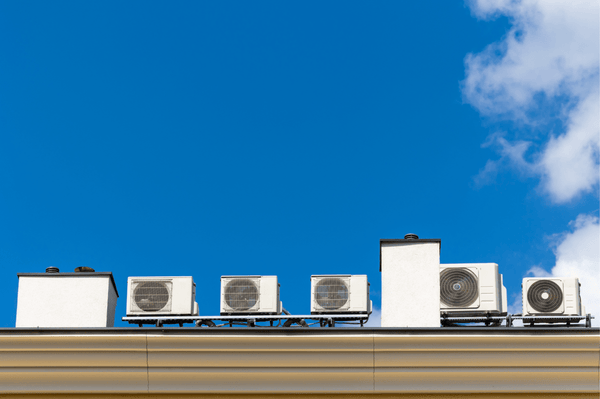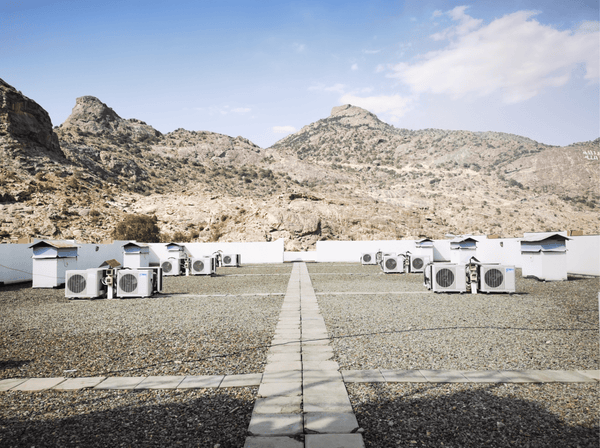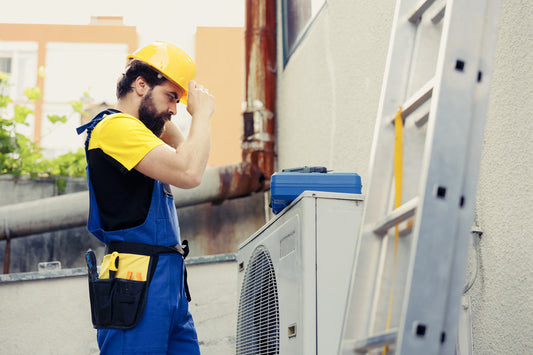Introduction to Condensate Pumps
In the intricate world of heating, ventilation, and air conditioning (HVAC), the condensate pump plays an unsung yet crucial role. This component is pivotal in managing the condensation process, ensuring that your system remains efficient, leak-free, and operational. But what exactly is a condensate pump, and why does your air conditioning system depend on it so heavily? Let's delve into the mechanics and importance of condensate pumps, shedding light on their essential role in your HVAC system.
What is a Condensate Pump?
At its core, a condensate pump is a specialized device designed to remove the water produced during the air conditioning process. This water, known as condensate, is an inevitable byproduct of cooling the air in your home. Without a proper expulsion mechanism, condensate can accumulate, leading to potential leaks, damage, or efficiency losses in your system. The condensate pump serves as this mechanism, ensuring that water is efficiently removed from the system and directed away from your home or the unit itself.

Why Do You Need a Condensate Pump?
The necessity of a condensate pump becomes apparent in installations where gravity alone cannot facilitate the removal of condensate. This is often the case in setups where the HVAC unit is located in basements, attics, or on flat roofs. In such scenarios, the condensate pump provides a mechanical solution to ensure water is moved away efficiently, keeping your system dry and functioning optimally.
Key Features of a Quality Condensate Pump
When in the market for a condensate pump, several features stand out as indicators of quality and reliability.
Durability and Design
A quality condensate pump is characterized by its durable components and thoughtful design. Metal mounting points ensure secure installation, while a design that facilitates easy maintenance and operation speaks to the pump's longevity and reliability. These features combined make for a pump that not only performs well but also stands the test of time.
Safety Features
A crucial aspect of any condensate pump is its safety switch. This feature is designed to prevent water overflow by shutting down the system if the pump fails or becomes clogged. It acts as a fail-safe, protecting your home from potential water damage and ensuring the continued efficiency of your HVAC system.
Efficiency and Operation
Efficient operation is a hallmark of a well-designed condensate pump. Features to look for include large tank capacities and efficient motors, which ensure the pump operates less frequently. This not only saves energy but also extends the lifespan of the pump, making it a cost-effective solution in the long run.
Step-by-Step Installation Guide
Installing a condensate pump can be straightforward with the right guidance and preparation.
Unboxing Your Condensate Pump
Begin by carefully unboxing your pump, making sure all parts are present, including tubing and instructions. This initial step sets the stage for a smooth installation process.
Mounting and Setup
Select a stable location for your pump, utilizing the metal mounting points for a secure installation. It's crucial to ensure the pump is level, as this affects its operation and efficiency.

Connecting and Testing
After securing the pump, connect it to your HVAC system as per the manufacturer's instructions. Testing the pump using the manual lever is essential to ensure it's working correctly before finalizing the setup. This step verifies that the pump is ready to perform its role effectively.
Maintenance Tips for Longevity
To ensure your condensate pump continues to operate efficiently, regular maintenance is essential.
Regular Checks and Cleaning
Periodic inspections can help identify wear or clogging early on. Cleaning the tank and checking the tubing for leaks or kinks are simple yet effective maintenance tasks that can prevent larger issues down the line.
Troubleshooting Common Issues
Familiarizing yourself with common pump issues, such as non-operation or noise, and knowing how to address them can save time and money. Often, these issues can be resolved with simple fixes, avoiding the need for professional repairs.
Demonstrating the Pump in Action
A practical demonstration can effectively showcase the efficiency and necessity of a condensate pump within an HVAC system.
Setting Up for the Test
Create a safe testing environment, ensuring all electrical components are protected from water. Simulate the pump's operation by filling its reservoir, triggering the pumping mechanism.
Observing the Pump's Performance
Observe as the pump activates, efficiently moving water from the reservoir through the tubing. This demonstration highlights the pump's capacity to prevent overflow and maintain system efficiency.
Enhancing Your HVAC System with the Right Condensate Pump
Selecting the appropriate condensate pump can significantly impact the performance and longevity of your HVAC system.
Choosing the Right Pump for Your System
Consider your system's specifications and the installation environment when selecting a pump. The right pump should meet your system's needs for capacity, lift, and power, ensuring optimal performance.
The Impact of a Good Condensate Pump on Your HVAC
A quality condensate pump not only prevents water damage and maintains efficiency but also extends the life of your HVAC system by ensuring proper moisture removal. This investment in the right pump pays dividends in the form of a more reliable and efficient HVAC system.

Conclusion
The condensate pump, though small, plays a mighty role in the efficiency and maintenance of your HVAC system. Understanding its importance, features, and maintenance requirements allows you to make informed decisions that enhance your system's performance and longevity. By prioritizing the selection and care of your condensate pump, you ensure a comfortable, dry, and efficient home environment.
FAQs
How often should I check my condensate pump for maintenance?
It's recommended to check your condensate pump at least once a year, preferably before the start of the cooling season. However, in areas with high humidity or during periods of heavy use, more frequent checks may be necessary.
Can I install a condensate pump myself, or should I hire a professional?
While many homeowners can install a condensate pump following the manufacturer's instructions, hiring a professional is advisable if you're unsure about the process or if your HVAC system has specific requirements.
What should I do if my condensate pump starts making noise?
Noise from a condensate pump could indicate a blockage or a malfunction. Check for and clear any clogs in the tubing or tank, and ensure the pump is securely mounted. If the noise persists, consult the manufacturer's troubleshooting guide or contact a professional.
How do I know if my condensate pump is not working correctly?
Signs of a malfunctioning condensate pump include water leaks around the HVAC unit, an overflowing pump tank, or the HVAC system shutting down due to the safety switch being triggered. If you notice these signs, inspect the pump for clogs or damage.
Can a faulty condensate pump affect my HVAC system's efficiency?
Yes, a faulty condensate pump can lead to water damage, mold growth, and increased humidity levels, all of which can negatively impact your HVAC system's efficiency and the overall comfort of your home. Regular maintenance and prompt repairs are essential to prevent these issues.





